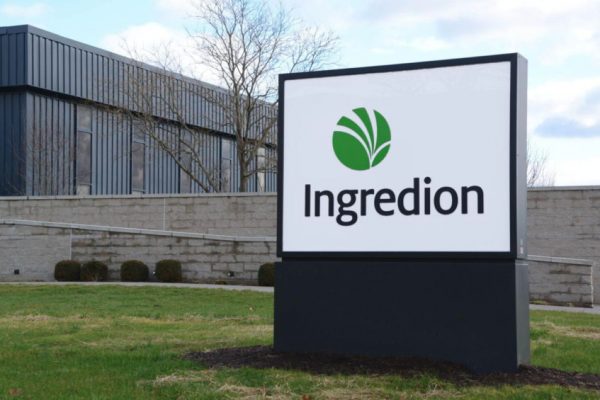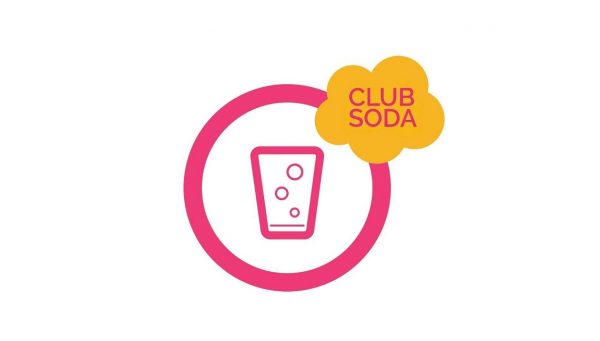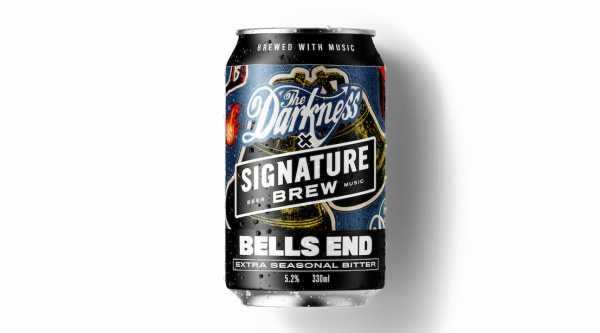How To
How to Use a Small Business Loan for the Beverage Industry?
 The beverage industry isn’t exempt from stagnation. In fact, nearly every business experiences occasional sales slumps that seem to come out of the blue.
The beverage industry isn’t exempt from stagnation. In fact, nearly every business experiences occasional sales slumps that seem to come out of the blue.
When you need money to grow your business, a small business loan is a viable option. By investing in your business, you can implement tangible ways to take your business to the next level. There are many institutions that offer great small business loans, like Camino Financial.
In this fictitious example, an owner of a beverage industry business increased sales by using borrowed funds.
Making positive changes was this business owner’s game plan
Michael owns RevUp Your Life Beverages and sells carbonated drinks and refrigerated orange juices. To keep ahead of the competition, he realized alternative products would attract new customers and provide another income stream.
To be more precise, Michael knew that health and wellness beverages, such and natural and organic drinks, were trending in the marketplace. In the beverage industry, they drive about 31% of business growth. So, it would be a smart business move to add these products to his inventory.
He got a loan for $50,000 and made immediate changes in the following areas:
1. Staff
Increasing his inventory meant Michael needed to hire more people for customer service and his production line. The lion’s share of the loan covered costs associated with hiring, training, and increased employee wages and benefits.
To be precise, he estimated recruiting and hiring, employment taxes and employee benefits would add 18% to 26% to each new employee’s base salary.
At the same time, he allocated part of his loan budget for training. Employees on the production line must follow stringent guidelines to ensure the beverages comply with health and safety regulations. Likewise, the staff received training on how to monitor machinery so that it dispenses liquid into the bottles correctly.
Workers now knew how to work safely in a dangerous environment and test containers for safety and security to meet food and beverage industry standards.
2. Production
In addition to adding personnel, Michael set aside funds to cover supplies, like bottles, packaging, and ingredients. Plus, he decided to offer cold-brewed coffee and organic teas in 8-ounce cans, compared to drinks and juices sold in 12-ounce bottles.
He knew that by adding a new product line and training new employees, production would slow down temporarily until everyone became accustomed to the new changes. So he allocated funds to ensure he had enough working capital to make these changes and cover the expected downtime due to the transition.
Michael also knew that at some point in the business’s future, he will speed up production by upgrading to multistep processing, which reduces the overall time required to complete automated steps.
3. Technology
Michael decided to upgrade some of his production line software to smart technology.
Adding smart sensors on the packaging line would ensure that he can switch between formats to fill beverages in different-sized containers. The software also tracks supplies and sends alerts when equipment needs maintenance. Overall, the software will reduce production costs, increase efficiency, and improve safety.
Michael is staying up to date on sugar reduction technologies as well. These reduce the amount of natural sugar in juice by 30% to 80%. Part of his plan is to get a new loan in the future to invest in this technology.
4. Branding and Marketing
Michael contacted a graphic artist to design attractive packaging for the new products and create new designs for carbonated drinks and refrigerated orange juices.
By giving his products a newer look, he will be able to target buyers under 35, multi-cultural, and educated shoppers who tend to purchase more natural beverages. He will continue to market his products to all buyers to increase brand awareness and gain his market share of customers.
He also knew he needed to up his social-media game to expand his market even further, find new clients and keep interacting with loyal ones. That’s why he also hired a community manager that could deal with all that.
Getting a small business loan wasn’t an easy decision for Michael, and one he didn’t take lightly. However, once he implemented the necessary changes, his business revenue increased by 10% in one month.
He expects to see continued progress as he increases his customer base.
Is that your story too?
Is your business on the cusp of change tottering between stagnation and growth but needs a financial push?
A small business loan can provide capital to make immediate changes whether you need to add staff or ramp up production.
There’s only one way to determine whether gaining access to more working capital is your next step. Simply find out more today about small business loans and see if they fit into your business’s future.









